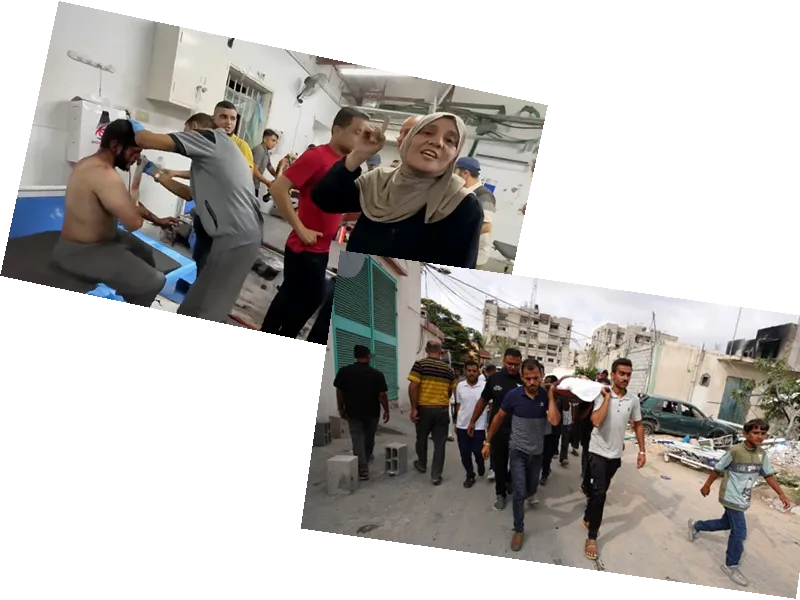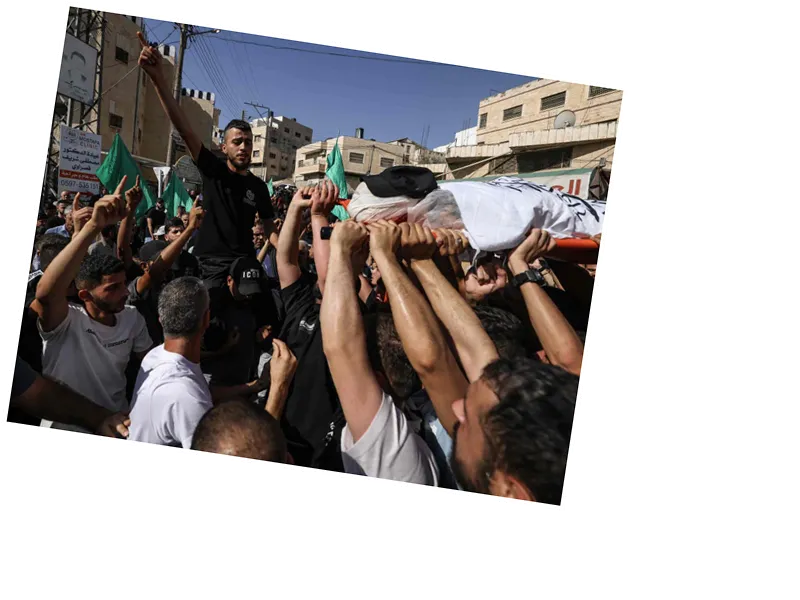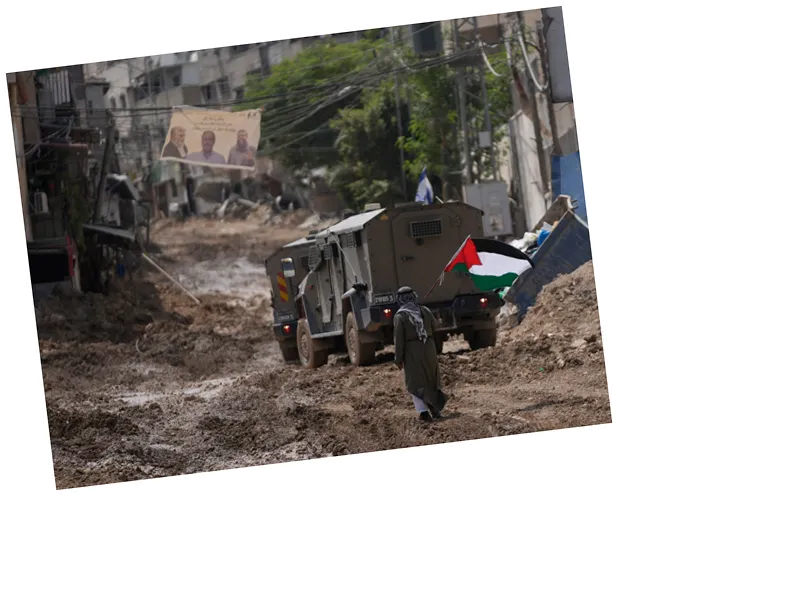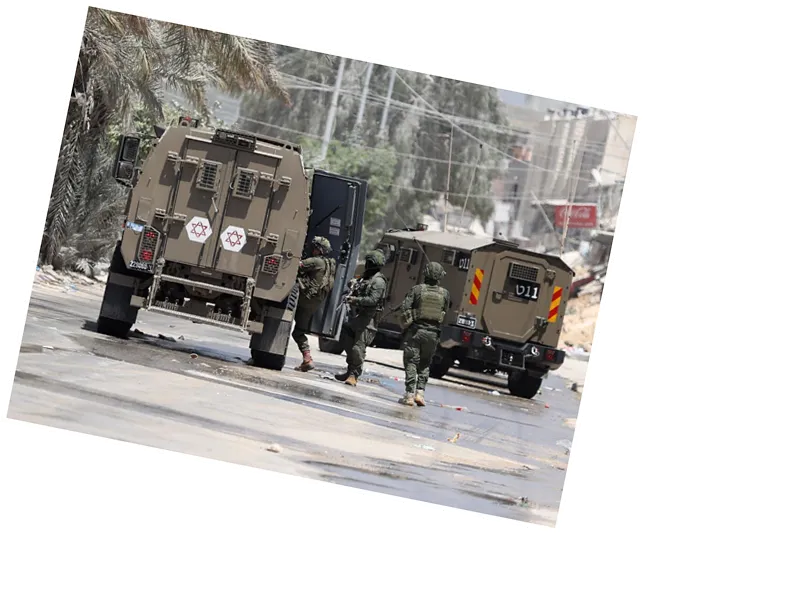The Palestinian resistance has intensified its operations against Israeli occupation forces in the Gaza Strip, targeting military vehicles and concentrations of soldiers. The Martyr Izz al-Din al-Qassam Brigades, the military wing of Hamas, announced the destruction of an Israeli engineering vehicle with a guided missile in Rafah, followed by an attack on rescue forces with 'Rajum' missiles. Additionally, the Al-Quds Brigades, along with other factions, bombed various military sites with mortar shells.
Meanwhile, Israeli forces have continued their bombing campaigns, targeting displaced persons' tents, UNRWA headquarters, and various neighborhoods in Gaza. Reports indicate that dozens of Palestinians have been killed, with medical sources confirming that the number of martyrs has risen significantly. The Ministry of Health in Gaza reported a total of 37,598 martyrs and 86,032 injuries since October 7.
The situation has drawn international attention, with the International Committee of the Red Cross (ICRC) reporting an attack that killed at least 22 people in Mawasi, a town that has seen an influx of displaced Palestinians. The ICRC's field hospital received numerous casualties, and the organization has called for all parties to take precautions to avoid harm to civilians.
In response to the escalating violence, UNRWA has highlighted the dire situation in Gaza, stating that 69% of school buildings housing displaced people have been bombed or damaged. The agency has called for an immediate ceasefire and adherence to humanitarian law.
On the ground, the Israeli military has reportedly ended most of its specified ground operations in Rafah, aiming to strike a significant portion of Hamas brigades. However, clashes continue as Palestinian resistance factions engage Israeli forces in various parts of Rafah.
- The Palestinian resistance has employed a variety of tactics in their operations, including the use of guided missiles and mortar shells to target Israeli military vehicles and concentrations of soldiers. These actions have been coordinated among different factions, such as the Al-Qassam Brigades, Al-Quds Brigades, Al-Aqsa Martyrs, and Al-Nasser Salah al-Din Brigades.
- The Israeli bombing campaigns have caused significant casualties and damage in Gaza. In addition to the loss of life, the destruction of infrastructure, including homes and UNRWA facilities, has exacerbated the humanitarian crisis. The targeting of displaced persons' tents and UNRWA headquarters has particularly drawn condemnation from international organizations.
- The International Committee of the Red Cross (ICRC) has been actively involved in providing medical assistance in Gaza. The recent attack in Mawasi, which resulted in numerous casualties, underscores the dangers faced by civilians and humanitarian workers. The ICRC has emphasized the need for all parties to adhere to international humanitarian law and take measures to protect civilians.
- UNRWA has been vocal about the challenges faced by displaced Palestinians in Gaza. The agency's report on the damage to school buildings and the lack of safe places highlights the urgent need for a ceasefire and humanitarian assistance. The destruction of homes and infrastructure in Rafah further complicates the situation for residents and displaced persons.
- The Israeli military's operations in Rafah have been a focal point of the conflict. While the army claims to have completed most of its ground operations, the ongoing clashes with Palestinian resistance factions indicate that the situation remains volatile. The strategic goal of targeting Hamas brigades in Rafah has led to significant military engagements and civilian casualties.






